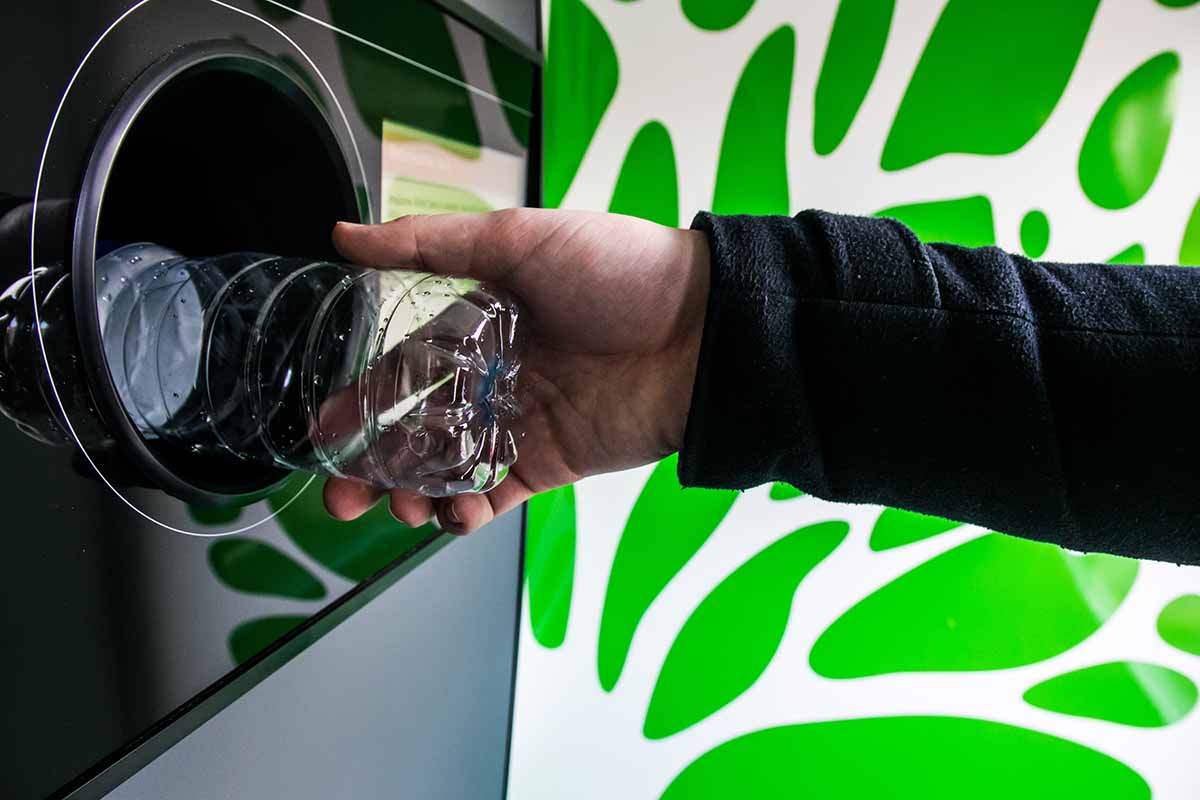
Eunomia and the Story of Stuff Project found the state would need about $1.9 billion in capital investment over 12 years to meet stated targets, and provided sample scenarios. | Rokas Tenys/Shutterstock
Consulting firm Eunomia and the Story of Stuff Project have published a feasibility study on how a reusable beverage system in California could be integrated into the state’s existing deposit return system.
The state’s bottle return scheme “has fostered a culture of container returns and provides essential infrastructure for a transition to reusable systems,” according to the report. But single-use containers dominate the return system, with about 28 billion beverage containers consumed in California each year and more than 6.1 billion sent to landfill, the report said.
Eunomia’s research examined a system in which consumers buy beverages in reusable containers and return them to redemption points for sorting, washing, sanitizing and refilling. The consultancy used its sustainable packaging system simulator, ReSim, to determine the required infrastructure to support reusable beverage container goals including 25% market share for reusable containers and a 75% redemption rate.
Achieving those goals would require about $1.9 billion in capital investment over 12 years, the study found, to build reconditioning lines, container washing facilities, and local and more centralized return and sorting facilities, while also giving brands and bottlers time to redesign reusable containers. Using similar programs in Europe and Oregon as a model, the report authors said achieving the 25% market share “within 10 years of a reusable program starting is ambitious but achievable.”
Once a mandated target was set, producers would consider cost, consumer preferences, feasibility and environmental outcomes in determining how to meet the target for their drink category. For example, soft drinks, water, juices, and ready-to-drink teas and coffees would be combined in one category, as many major brands own significant market share in those sectors, the report authors said.
Nevertheless, in an effort to be non-prescriptive about meeting targets, Eunomia designed a system in which each sector and material shares the burden of meeting the target. Some options for meeting the target are that:
- All sizes of single-use containers switch to reuse at the same rate, without prioritizing larger or smaller reuse formats.
- Any brands switching away from single-use aluminum or glass move to reusable glass bottles.
- Any brands switching away from single-use plastic move to reusable PET bottles.
- The rollout of reusables happens to the same extent in both the hospitality and retail sectors.
“The findings demonstrate that building on California’s existing deposit return system infrastructure is a cost-effective and logical approach to achieving environmental, social, and economic benefits,” including producing 2.9 billion fewer plastic bottles each year and $75 million in annual waste management cost savings, the report said.
“By integrating reuse into its deposit system, California can lead by example in addressing plastic pollution and help catalyze the transition towards a truly circular economy.”
Last year CalRecycle regulators finalized a rule change to allow a bottle washing operation to “cancel” a redeemed refillable container, the same procedural step a traditional recycling facility performs in the California deposit process. Doing so paved the way to bring reusable containers into the state’s container deposit system.